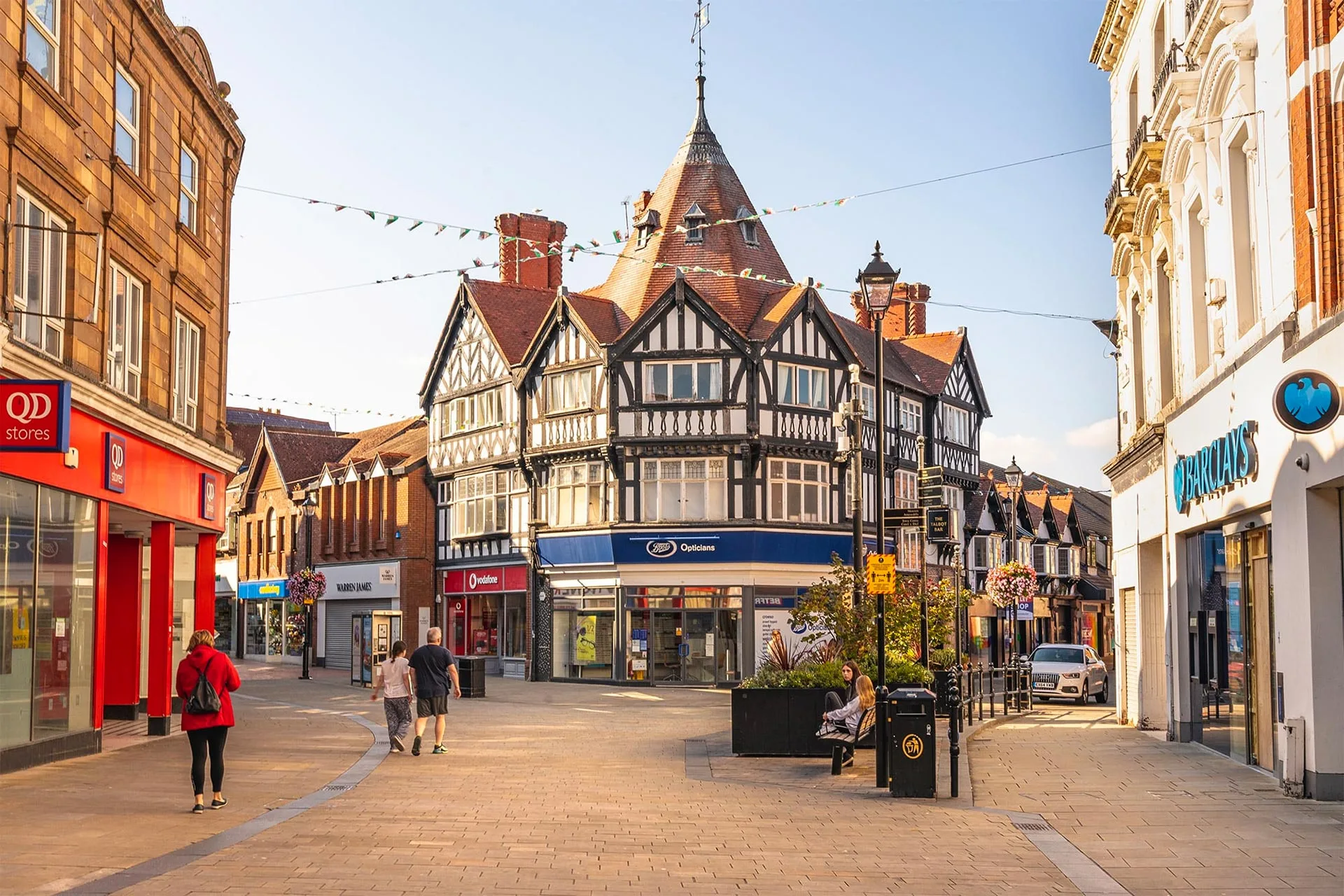Table of Contents
Wrexham is a bustling city located in North Wales, UK that boasts a rich history and culture. With its medieval roots, picturesque architecture, and modern attractions, Wrexham is an ideal destination for tourists seeking a blend of old and new. This article will take a look at the top five places to see in Wrexham that offer a glimpse into its diverse heritage.
1. Erddig
Erddig is a historic house and garden located in Wrexham, North Wales. It is a unique and fascinating place that offers visitors a glimpse into the lives of the gentry in the 18th century. Here are just a few of the reasons why you should visit Erddig:
- Experience History: Erddig is one of the few remaining country houses in the UK that still reflects the lives of the gentry in the 18th century. Visitors can take a tour of the house and see the original furniture and decorations, as well as the beautiful gardens and outbuildings. This is a unique opportunity to experience history in a tangible way and to get a sense of what life was like in the past.
- Explore the Gardens: The gardens at Erddig are renowned for their beauty and are a highlight of any visit. The garden is full of hidden paths, stunning views, and unusual features, such as magnificent trees and the pond with its resident swans. Visitors can stroll through the gardens and enjoy the peaceful atmosphere, or relax on one of the benches and take in the breathtaking views.
- Enjoy a Family Day Out: Erddig is a great place to visit with family and friends, and there is something for everyone to enjoy. Children can run and play in the gardens, while adults can relax and take in the stunning views.
2. Wrexham Parish Church
Wrexham Parish Church, also known as St. Giles’ Church, is the oldest building in Wrexham and one of the most significant landmarks in the town. The church dates back to the 12th century and has been a place of worship for over 800 years. The church has undergone several renovations over the centuries, but it still retains its medieval character and charm.
The church’s interior is a highlight, with its Gothic arches, wooden beams, and stained glass windows. Visitors will also find a number of historic artifacts within the church, including a 17th-century pulpit, a 13th-century font, and a wooden screen that dates back to the 16th century.
3. Wrexham County Borough Museum
Wrexham County Borough Museum is a modern museum that showcases the rich history and heritage of the town. The museum is housed in a restored 19th-century townhouse and offers a unique insight into the past of Wrexham.
The museum features a range of exhibits, including a Roman mosaic, medieval artifacts, and a collection of paintings and photographs that depict the town’s history. Visitors can also learn about the social and cultural life of Wrexham through its numerous displays, including an exhibit on the town’s famous football team, Wrexham FC.
4. Tŷ Mawr
Tŷ Mawr Country Park is surrounded by stunning countryside, with rolling hills, lush green forests, and the world-famous Pontcysyllte Aqueduct. Visitors can explore the park’s many walking trails and enjoy the fresh air and breathtaking views. Whether you are a seasoned hiker or just looking for a leisurely stroll, it can suit everyone.
Tŷ Mawr Country Park is also a haven for wildlife, and visitors can see a variety of mammals and other animals in their natural habitat. The park is also home to several rare species of plants, which can be seen along the walking trails. Visitors can also learn about the park’s conservation efforts to protect these species and their habitats.
5. St. Mary’s Church
St. Mary’s Church is a medieval church that dates back to the 13th century. The church is one of the most significant landmarks in Wrexham and is known for its stunning architecture, including its Gothic arches, stained glass windows, and intricate carvings.
Visitors to St. Mary’s Church can explore its interior and learn about its rich history, including its association with the Order of St. John, a medieval religious order. The church also houses a number of historical artifacts, including a 13th-century font and a 19th-century organ.
In conclusion, Wrexham is a city that is big on history and culture, and its landmarks offer a glimpse into its diverse Welsh heritage.



